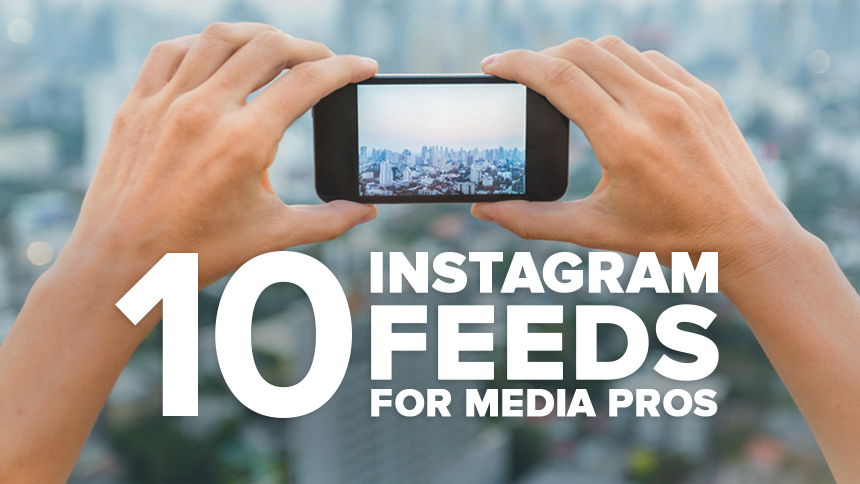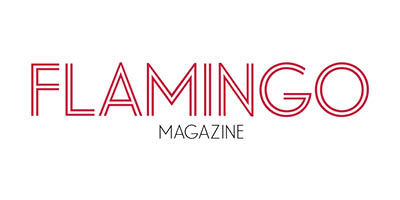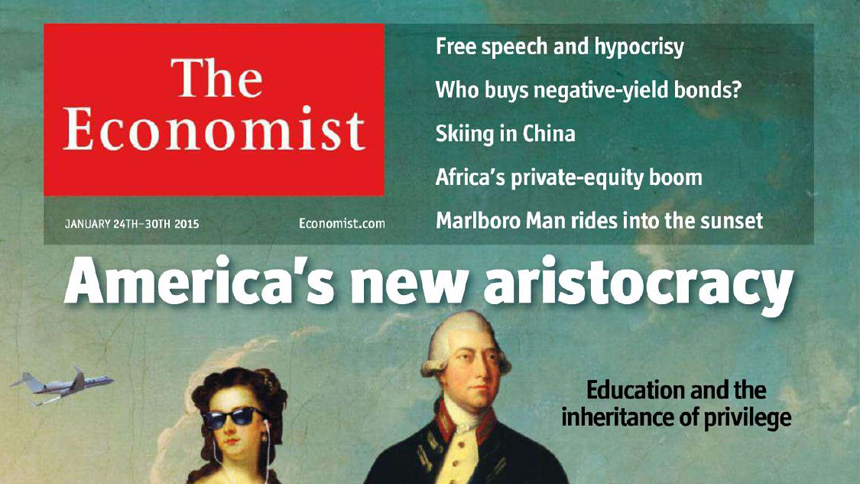Any freelancer who’s built up a steady client base over the years can admit to having made their fair share of mistakes when he or she started out in the industry. Maybe it was underestimating the time it takes to get paid or taking editors’ feedback on their first, second or third drafts too personally. Here’s what a few veteran freelancers say were their biggest blunders — so you can avoid making them.
Noah Davis, who lives in Brooklyn, New York, calls himself a generalist, writing about everything from the future of women’s soccer in the U.S. to the rise of the font type Helvetica. He’s been a freelancer on and off since 2005 but has pursued freelancing full time for the last three years, writing on average 10 feature articles a month. His income in 2014 totaled about $125,000, and he earned roughly $95,000 the year before. He attributes his earnings last year — the highest he’s ever made — partly due to the fact that he has a specialty in soccer writing, and was pursued for many assignments related to the World Cup. He gives us our first two mistakes:
Also on Mediabistro


Mistake #1: Not understanding the difference between a topic and a story.
“When I first started out freelancing, I’d often pitch things I thought were cool or interesting, but it didn’t have a story behind it,” Davis said. “A trend isn’t enough. You need a face or story behind it.”
Davis soon learned he needed to do more than just pitch ideas. While the majority of those pitches went ignored, once in a while he’d hear back from someone who would offer advice on how to shape the story. “It depends on how much the editor wants to work with you,” Davis said. “Your job as a freelancer is to find something the editor doesn’t know about and turn it into a story with an arc.”
Mistake #2: Assuming you’ll bank payments right away.
A frequent misconception among new freelancers is that they will get paid immediately after their story is submitted. Ramping up a freelancing business, however, takes time.
There’s a huge difference between a) being a full-time freelancer and b) having another job — whether it’s full time or part time — while freelancing, according to Davis. “So it takes a long time for that cycle to start and for checks to start rolling in.”
Initially, Davis thought it would take three to four months for him to have checks coming in on a steady basis, but it took him closer to six or eight months to have that steady stream of income from freelancing and to feel like he was on his feet. “Luckily I had reserves to make it work, but it was surprising at the time,” he said.
To create a sustainable business, freelancers need to gain trust among editors. “If [editors] have a piece in mind, you want to be top of mind for them,” explained Davis.
So how do you make that happen?
Take the time to form a connection. “If I feel like I have a good relationship with an editor, I might send a note saying, ‘Hey, I’m full-time freelancer. Keep me in mind,'” Davis said. “Or I might ask to go out for a drink.” The goal, he added, is to not only develop relationships, but also to bounce ideas around and figure out exactly what editors are looking for at their respective publications.
Kevin Lincoln, who’s based in Los Angeles, has worked on staff at BuzzFeed and Fox Sports Live and freelanced on the side before leaving his salaried position to dive into freelancing full time.
He set himself up well for the transition. “It was easier to become full time by already having a few strong relationships with editors and a reliable number of assignments,” Lincoln said. He has our second set of mistakes to avoid:
Mistake #3: Failing to maintain relationships with publications you’ve already worked for.
“I think that at some point, to really make it work and be able to have a living wage as a full-time freelancer, you need to have steady assignments with particular outlets,” said Lincoln. Since April 2014, when he became a full-time freelancer, he’s been cultivating those established relationships and has already been developing new ones that he aims to rely on moving forward.He set himself up well for the transition. “It was easier to become full time by already having a few strong relationships with editors and a reliable number of assignments,” Lincoln said. He has our second set of mistakes to avoid:
Mistake #4: Forgetting to keep track of how much money you’re making.
“I now have a spreadsheet where I write down every dollar that I earn,” said Lincoln. Keeping track of his assignments and projects allows him to see his progress from month to month.
The rhythm of freelancing income is often hugely unpredictable, so freelancers must keep track of the flow of money to pay rent or your mortgage and other regular expenses. And it’s a good idea to have a good amount of savings before you become self-employed, Lincoln said.
Writer Taffy Brodesser-Akner, from West Orange, New Jersey, has been freelancing for five years, and in 2014, published a total of 79,200 words. Back then, her goal was to be a contributor for both GQ and The New York Times Magazine — and these days she is a contract writer for both outlets.
Her foray into full-time freelancing was spurred by staying at home with her son for a year after he was born. “When he turned a year I got some babysitting together, because I felt stay-at-home life didn’t play well to my skills. So I wrote personal essays about things going on in my life,” she said, slightly out of breath on the phone from her treadmill desk at home. “People said I should start a blog, but I felt I should be paid for my work.” Brodesser-Akner shares our last group of new-writer oversights:
Mistake #5: Letting the pitching process intimidate you.
“I wish I hadn’t been so nervous pitching,” Brodesser-Akner said. “I wish I realized early on that editors are just people, and they need proof that you’re just a person.”
She referenced a piece of advice from one of her editors, who said that in freelancing all you need is the following (and if you have two of the three you’re golden):
- Be good at your job
- Be on time
- Be nice
Mistake #6: Understanding that interviews and conversations are not always synonymous.
Early in her freelancing career, Brodesser-Akner said she would often spend too much time trying to relate to her interview subjects, rather than get those quotes she needed to write the piece. The result? Wading through hours of transcripts. “Why didn’t I just shut up?” she laughed.
Mistake #7: Taking revision requests too personally.
Keep in mind that editors want to make your work shine — and that’s not a bad thing. It will be your byline on the piece, after all. Don’t think you’re the only writer who’s gotten her story picked apart.
And if you don’t get feedback, that isn’t necessarily something to be concerned about. “I used to look for approbation from editors, but I finally realized that if an article was good enough to run and had a good editor… it was all I needed,” explained Brodesser-Akner. But always know you can send a quick message to your editor to make sure you were on target.
Mistake #8: Being afraid to ask for more money.
It’s a topic Brodesser-Akner feels strongly about. People often are so timid to ask for more money, she said. You may be surprised to find that many of your clients are willing to negotiate, especially if they’ve come to rely on you to meet deadlines and produce good work.
This interview has been edited for length and clarity.










